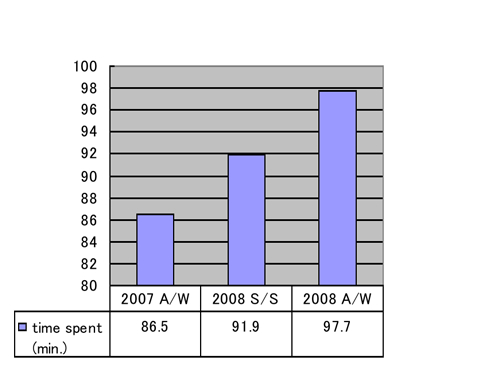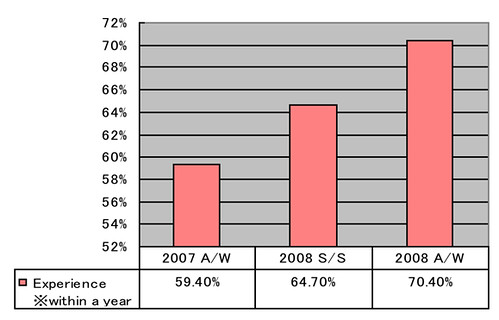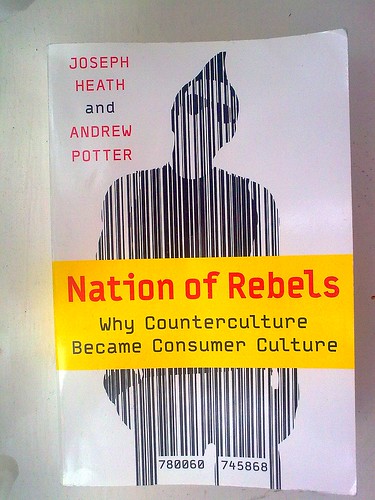When people ask me about social media: teach them how to do <insert an activity> on <insert the name of a service de jour> and I say sure I can teach you that (for a fee). Much of the value comes from being curious, this is as much about the way think and look at things as anything else. The second is trying to learn from history, which is why I was curious about the likes of Geocities. You can pick up skills as you go along, once you know what you want to do.
Historic interest and Geocities
However, services come and go, but the conversation remains. A classic case-in-point is GeoCities. Yahoo! has non-announced that it is shuttering this pioneering social network at the end of the year. GeoCities was founded in the mid-1990s and grew rapidly (ok so this was the dial-up era and the page building tools on it were the then equivalent of cutting edge-bandwidth hogging web 2.0 tools).
The site was organised into neighbourhoods of common interest: Silicon Valley for technology for example where ‘birds of a feather’ could ‘flock together’. The page creation tools were broadly comparable to MySpace profiles: people foisted poor aesthetics, bad web design and golden labrador digital photographs on an early online audience.
From a standing start in the middle of 1995, two years later they were the fifth most trafficked property on the web and a million-plus registered users (or Homesteaders as GeoCities called these web pioneers).
In college, I found lots of great content on GeoCities and cited some of the homesteaders pages as references in my essays and degree course work.
Yahoo! acquired the company for 2.87 billion USD in early 1999, this was cited as his ‘first rocket ship ride‘ by veteran VC Fred Wilson. There are obvious parallels to Facebook in this meteoric growth.
When I worked at Yahoo!, the disastrous terms of service debacle at GeoCities post-acquisition change in the terms of service where ‘the company owned all rights and content, including media such as pictures’ were held up as a lesson that we should learn from. Whilst Yahoo! quickly reversed this decision there was an exodus of homesteaders. It was an expensive mistake that we were loath to repeat when working with newer services like flickr. Again this sounds like some of the debacles that Facebook has faced. Indeed Facebook’s current terms of service includes rights on the user content that is far greater than in the current Yahoo! terms of service, here is the relevant section from Facebook’s Terms of Use:
… an irrevocable, perpetual, non-exclusive, transferable, fully paid, worldwide license (with the right to sublicense) to use, copy, publicly perform, publicly display, reformat, translate, excerpt (in whole or in part) and distribute such User Content for any purpose, commercial, advertising, or otherwise, on or in connection with the Site or the promotion thereof, to prepare derivative works of, or incorporate into other works, such User Content, and to grant and authorize sublicenses of the foregoing.
GeoCities like Facebook with its Beacon service had a scandal on its hands over user privacy. The FTC found that GeoCities had engaged in deceptive acts and practices in contravention in their privacy act. Subsequently, a consent order was entered into which prohibited GeoCities from misrepresenting the purpose for which it collects and/or uses personal identifying information from consumers.
Time moved on and GeoCities became a key part spam email acting as a redirect page for online pharmacies and replica watch sellers alongside more conventional GeoCities user pages. Over the past years the site traffic for GeoCities dropped faster than shareholder value at Yahoo!. The lesson here is that the Twitter or Facebook or today, can be the GeoCities of tomorrow. In fact, only five of the top 15 web service of a decade ago still have a similar kind of profile today.
If we look beyond web services to world history we can all think about eras and empires that have past, yet thinking (from the likes of Niccolò Machiavelli, Sun Tzu | 孙子, Miyamoto Musashi | 宮本 武蔵 and Carl Von Clausewitz) is as relevant today as it was when they created it centuries or millenia ago. In the grand scheme of things being open and understanding the concepts of conversation are more important than the latest tools. Whilst I still get excited about the ‘new Twitter’, I still like to keep things in perspective. I have cross-posted this at my employer’s blog. More content on ideas can be fund here.


